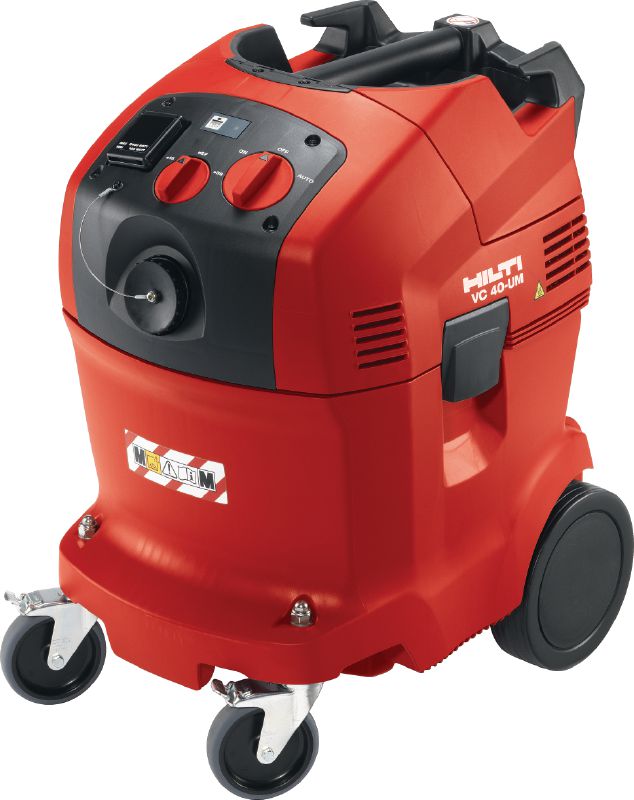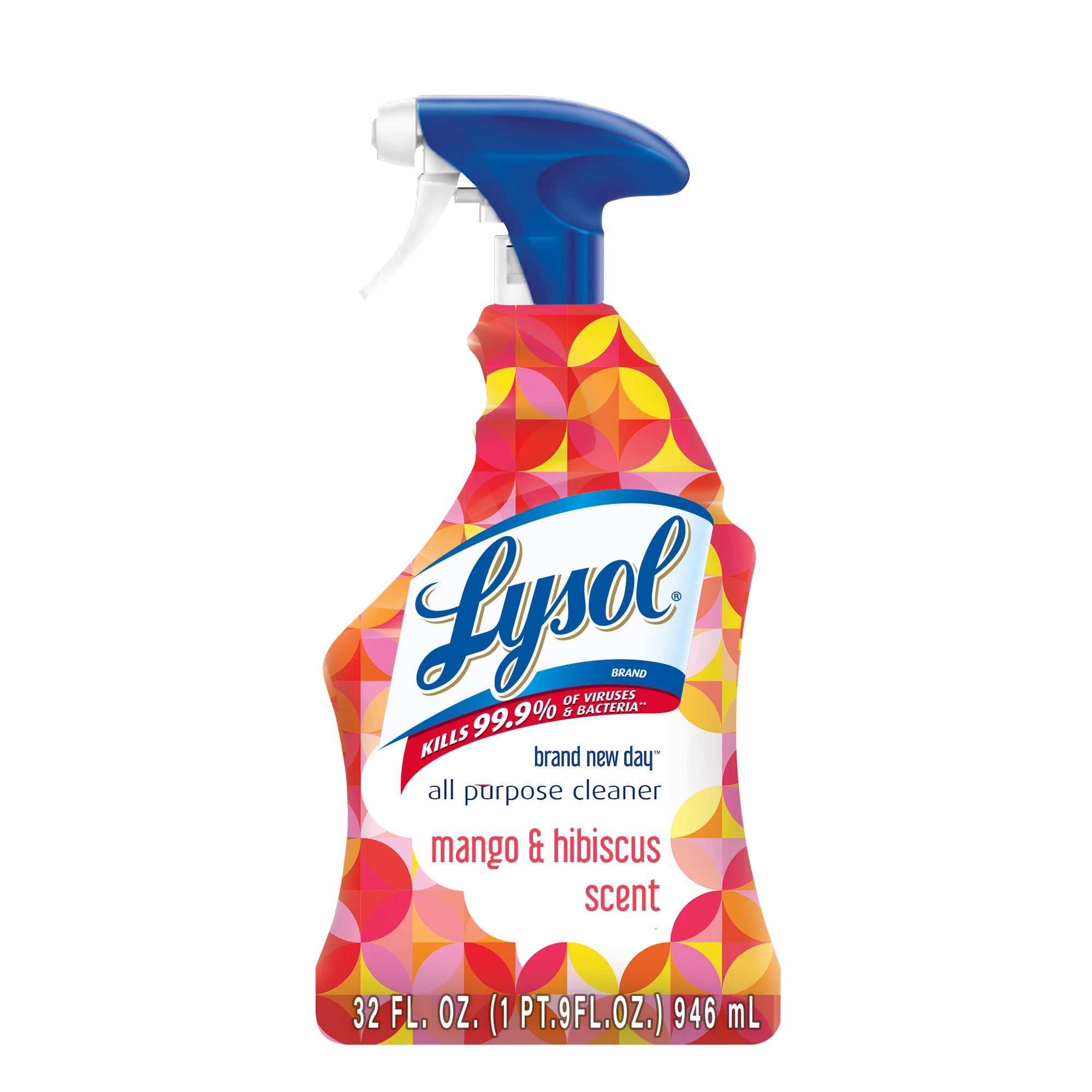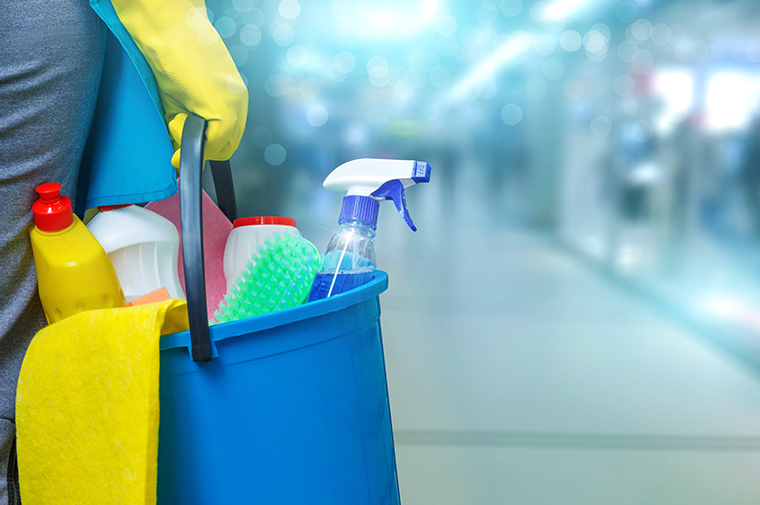

My opinion is and my experience shows that fear is not necessary - but some patience and carefulness are important.Īnd though we call it "sensor cleaning", we are actually cleaning the low-pass filter that sits on top of the sensor. You are accepting complete liability for any damage you cause by using any of the methods described here. Giottos Rocket Air Blower non-contact method (in the Canon section of PhotoWorkshop). I have not seen Canon recommend any do-it-yourself sensor cleaning method other than the The last sensor I had cleaned by Canon was returned dirtier than it was before I sent it to them.Īnd I can't wait for a camera to ship to/from Canon every time I need my sensor cleaned, so I, like most other photographers have embraced the alternative - Do-it-yourself sensor cleaning.īefore I go any further, I must make the DISCLAIMER: ), but anything significant causes me to take action.Ĭanon will provide sensor cleaning service for you (which is the only "official" recommendation I can give) or you can do it yourself. I don't worry about a small sensor dust particle or two (or possibly 3. When you turn the camera 180 degrees to look into the chamber, the spot will now be flipped up/down only. Remember, the location of the dust on the sensor will be exactly opposite of where it appears in the image on the LCD (the lens flips the image, the camera de-flips it for viewing). Zoom into 2 or 3 levels short of max LCD zoom and pan through the image systematically looking for spots. I find that reviewing the test shot on my LCD is faster and works just fine. They are especially easy to see if you load the test shot into your computer and increase the contrast. If your sensor is dirty, you will see spots in your test image. You likely won't see even large pieces of dust when shooting at very wide apertures, so be sure to choose a narrow one.
New image cleaner iso#
On the camera, set your exposure mode to Av, ISO to 100 and - very important - set the aperture to a very narrow - at least to f/22. You may want to turn off IS if your lens is so-equipped though it won't hurt to leave it on. I generally use infinity focus and often use a white kitchen cabinet as my subject. We want to see the dust - not the subject - in the picture.Īdding motion blur to your test image is all-the-better.
New image cleaner manual#
Set the lens to manual focus and set the focus to to make your selected subject completely OOF (Out of Focus). To check for dust, mount a 50mm or longer lens on your DSLR - select 50mm or longer if you are using a zoom lens.įind an evenly-light-colored, evenly-lit background for a test shot - a blue sky (works great), a white wall, a piece of paper. That's what my face looks like when I see a picture like this. To know if your sensor is dirty, you need to know what sensor dust looks like in an image - see below for a 100% sample crop from the above photo. Though while logical at first, it takes a sizeable piece dust on/in a lens to show up as a prominent spot in a picture - especially if it is on the front lens element. Some people know they have sensor dust while others only know that there are spots in their images. One of the most-frequently asked questions I receive relates to sensor dust and cleaning.

In Today's B&H Deal Zone: Lexar, Sandisk, Benro, DJI, More.Save 10 or 20% on Overstock Items at KEH.Canon EOS R5, C70 and XF605 Service Notice.

Tamron 50-400mm F/4.5-6.3 Di III VC VXD Lens for Sony E In Stock.It's Back: Sony a7 IV Firmware Version 1.1 Available, Enabling Lossless RAW File Options and Improved Accuracy and Operability.Back In Stock at B&H: Canon RF 28-70mm F2 L USM Lens.Sony Announces FX30 4K Super 35 Cinema Camera, High Capacity CFexpress Type A Memory Cards.Launch Announcement: Tamron 20-40mm F/2.8 Di III VXD Lens.


 0 kommentar(er)
0 kommentar(er)
